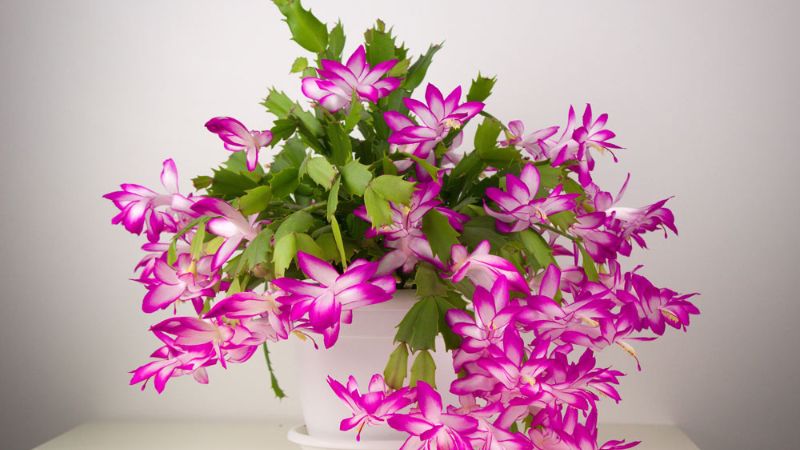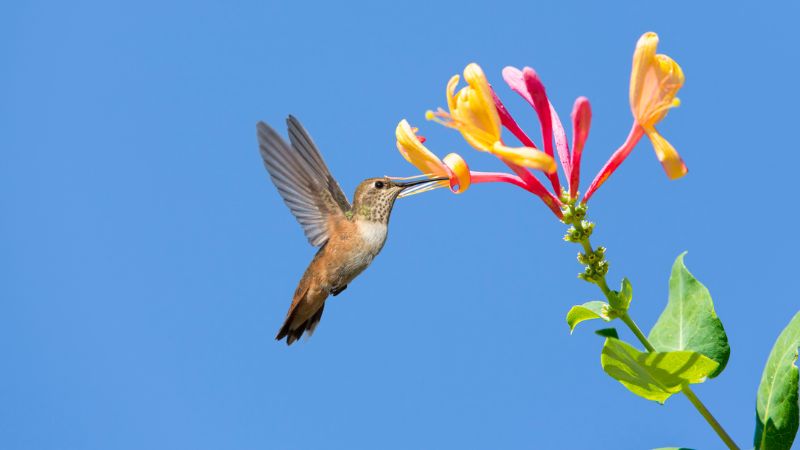As the vibrant colors of summer give way to the golden hues of autumn, it’s time to prepare your garden for the colder months ahead. One crucial task for maintaining healthy perennial plants is cutting them back in the fall. By trimming certain perennials before winter sets in, you can promote new growth, prevent disease, and ensure a flourishing garden come springtime. In this guide, we’ll explore seven perennials that benefit from fall pruning, along with tips on how to do it effectively.
1. Hostas
Hostas, beloved for their lush foliage, require trimming in the fall to keep them tidy and disease-free. As temperatures drop, the leaves of hostas begin to wither and turn yellow. Removing this foliage not only improves the appearance of the plant but also prevents fungal diseases from taking hold. Use sharp scissors or pruning shears to cut back the leaves, leaving about an inch of stubble above the ground. Be sure to dispose of any diseased foliage to prevent the spread of infection. Once trimmed, cover the base of the plant with a layer of mulch to protect it from frost.
2. Peonies

Peonies enchant with their extravagant blooms in spring, but come fall, they need a little TLC to thrive. Trimming peonies in autumn is essential for maintaining their vigor and preventing fungal diseases. After the first frost, cut back the foliage to ground level, removing any debris around the base of the plant. This helps eliminate hiding spots for pests and diseases. Additionally, pruning peonies allows the plant to conserve energy during the dormant season, ensuring robust growth when spring arrives. Remember to discard any diseased or damaged foliage to keep your peonies healthy and vibrant.
3. Daylilies
Daylilies are stalwarts of the perennial garden, providing reliable bursts of color throughout the summer. However, to keep them looking their best, it’s crucial to trim them back in the fall. Once the foliage begins to yellow and die back, use pruning shears to remove the leaves, leaving a few inches of stubble above the ground. This practice not only improves the appearance of the plant but also reduces the risk of fungal diseases overwintering in decaying foliage. After trimming, apply a layer of mulch around the base of the plant to insulate the roots and protect them from freezing temperatures.
4. Ornamental Grasses

Ornamental grasses add texture and movement to the garden, but they can become unruly if not properly maintained. Fall is the ideal time to trim back ornamental grasses, as it allows them to rejuvenate before the onset of winter. Using hedge trimmers or sharp scissors, cut the grasses back to a height of 4-6 inches above the ground. This helps prevent the center of the clump from becoming dense and choked with dead foliage. Additionally, removing the old growth allows new shoots to emerge freely in the spring, resulting in healthier, more vigorous plants.
5. Black-eyed Susans
Black-eyed Susans, with their cheerful yellow blooms, are a favorite of many gardeners. To ensure these perennials continue to thrive year after year, it’s essential to cut them back in the fall. As the flowers fade and the foliage begins to decline, use pruning shears to trim the stems to ground level. Removing the old growth not only improves the appearance of the plant but also helps prevent the spread of disease. Be sure to dispose of any diseased or infested foliage to protect the health of your garden. After trimming, apply a layer of mulch to insulate the roots and conserve moisture during the winter months.
6. Lavender

Lavender, prized for its fragrant blooms and drought tolerance, benefits from fall pruning to maintain its compact shape and encourage fresh growth. In late fall, once the flowers have faded and the foliage begins to decline, trim the stems back by one-third to one-half using sharp pruning shears. This helps prevent the plant from becoming woody and encourages the development of new shoots from the base. Additionally, removing the spent flowers and foliage reduces the risk of disease and pest infestations. After pruning, apply a light layer of mulch around the base of the plant to protect it from frost and conserve moisture.
7. Sedum
Sedums, also known as stonecrops, are low-maintenance perennials prized for their succulent foliage and late-season blooms. To keep sedums looking their best, it’s important to trim them back in the fall. As the flowers fade and the foliage begins to decline, use pruning shears to cut the stems back to ground level. Removing the old growth not only improves the appearance of the plant but also helps prevent the spread of disease. Be sure to dispose of any diseased or infested foliage to protect the health of your garden. After trimming, apply a layer of mulch to insulate the roots and protect them from freezing temperatures.
Conclusion
In conclusion, cutting back perennials in the fall is a vital part of garden maintenance that promotes healthy growth and prevents disease. By following these tips and trimming your perennials before winter sets in, you can ensure a bountiful garden that thrives year after year. So grab your pruning shears and get ready to prepare your garden for the colder months ahead!




